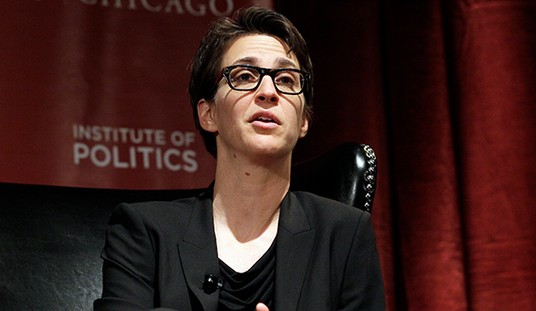There are actually two shifts in the trends from Gallup’s latest polling on party identification, and both cut against the grain of media narratives of late. A few friends and readers pointed this out to me yesterday and asked what it might mean for the election. At least on the surface, they suggest that the fortunes of Donald Trump and the GOP might not be quite as dire as they appear — and that voter modeling might not have caught up to that.
In the partisan split, Republicans took a surprising lead last month — by one point, granted, but it was a +8 shift in the gap since June:

That is a significant shift — not so much as a gain for Republicans since June (+2), but as a drain of Democrats (-6). That’s outside of a margin-of-error shift, meaning that this looks like a significant decline of Democrats’ standing since Joe Biden’s primary win. What’s more, this took place over a period of time when news was breaking more against Trump and the GOP rather than in their favor. It’s the lowest percentage of Democrats in Gallup’s polling since February of this year, when the party was in the middle of its Biden-Bernie primary fight.
Not coincidentally, it’s also the highest percentage of independents since that time as well (actually 45% in January, when Democrats and Republicans tied at 27%). Gallup also polls independents separately on party leaning, and while the trend there is a little more subtle, it also offers hope that the GOP are picking up a little momentum in the gap:

That’s a tie for the lowest percentage of independents leaning toward the Democrats since April’s even split — when Trump might have been catching the last of a crisis bump in the polls. It matches the split from May, and the Democrats’ 47% in July was matched up against a slightly lower 41% for the GOP. The D+3 gap in September’s data is half of that Gallup found in July and August, and — most importantly — far less than the D+11 in June and D+12 in late May. GOP fortunes among independents have trended up ever since those results, in fact, up six points from that late-May nadir.
That in itself suggests that wide gaps in media polling might be a product of poor voter modeling. The closer we get to an election, the more that party identification — and especially the shifts within it — might reflect voter choices. Right now, the electorate looks a lot more like a dead heat than a runaway in either direction.
But what does this mean for elections? Let’s take a look at final Gallup numbers prior to Election Day ahead of the national elections over the past dozen years:
- 2018: Republicans 29, independents 36, Dems 35, indie split 42/53
- 2016: R 27, I 36, D 31, I split 43/46
- 2014: R 26, I 39, D 32, I split 41/46
- 2012: R 30, I 33, D 35, I split 42/50
- 2010: R 29, I 36, D 32, I split 43/44
- 2008: R 28, I 37, D 33, I split 40/51
Democrats won a landslide in 2008, narrowly re-elected Barack Obama in 2012, and won the House back with a moderate-sized wave in 2018. In all three years, they had a +5 or better advantage over Republicans in the overall partisan split and at least an eight-point advantage in the indie split. Republicans won relatively big in 2014 with less favorable numbers than we see at the moment in Gallup’s partisan-ID polling in either mode.
If these numbers continue to hold up as the election approaches, this looks much more like an electorate ready to re-elect an incumbent and perhaps add seats in Congress for his party than it does to eject him. That’s not a direct measurement, of course, but it’s significant enough that it should have poll modelers rethinking the assumptions built into their product.








